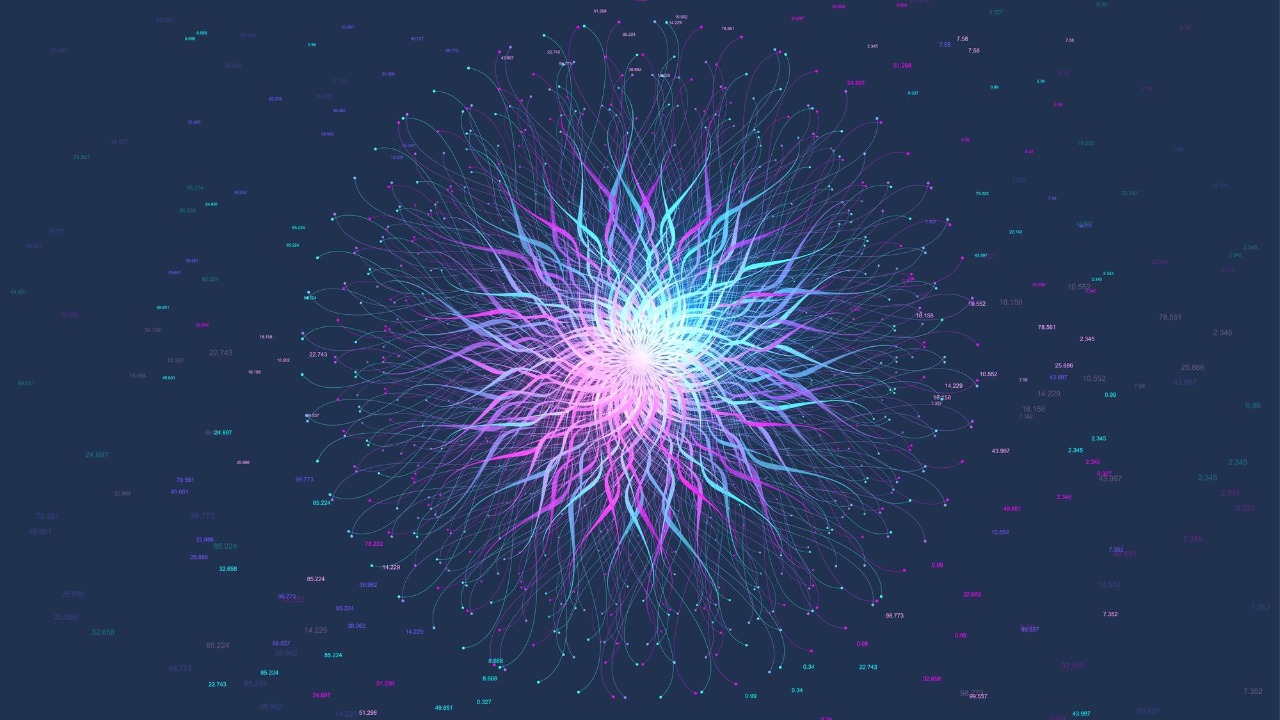
The 2025 Nobel Prize in Physics has been awarded to three scientists, John Clarke of the University of California, Berkeley, Michel Devoret of Yale University, and John Martinis of the University of California, Santa Barbara. Their groundbreaking work demonstrated that quantum effects, such as superposition and entanglement, can be observed on a large scale in real-world systems like superconducting circuits. This discovery bridges the gap between microscopic quantum phenomena and macroscopic applications, potentially revolutionizing fields like quantum computing.
The Discovery of Macroscopic Quantum Effects
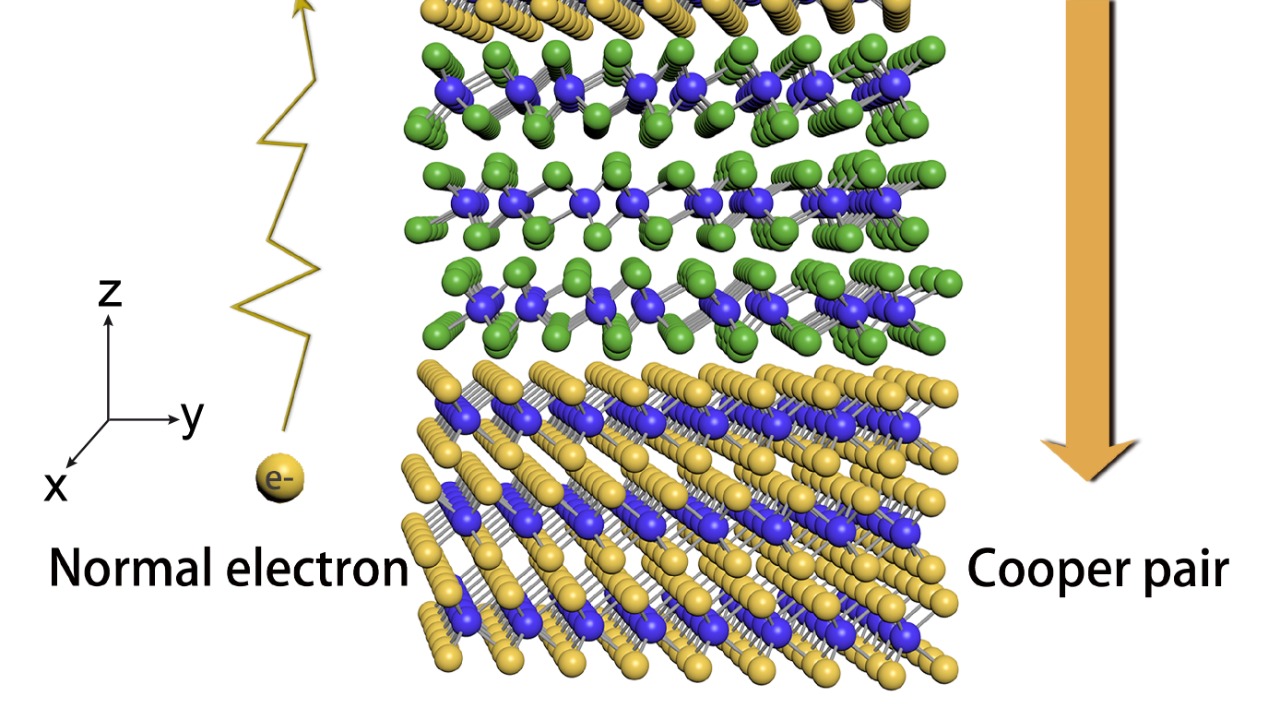
The core discovery of these scientists revolves around the observation of superposition in Josephson junctions and superconducting qubits at scales larger than atomic levels. This enabled quantum behavior in circuits millimeters in size, a significant leap from the traditionally microscopic scale of quantum phenomena (Live Science). Experimental evidence from the 1980s and 1990s showed quantum tunneling in current-biased Josephson junctions, proving quantum coherence on macroscopic scales (Phys.org).
Low-temperature environments played a crucial role in preserving these effects. For instance, SQUID devices were used to detect quantum fluctuations in magnetic fields, demonstrating the persistence of quantum effects at larger scales (Live Science).
Contributions of John Clarke
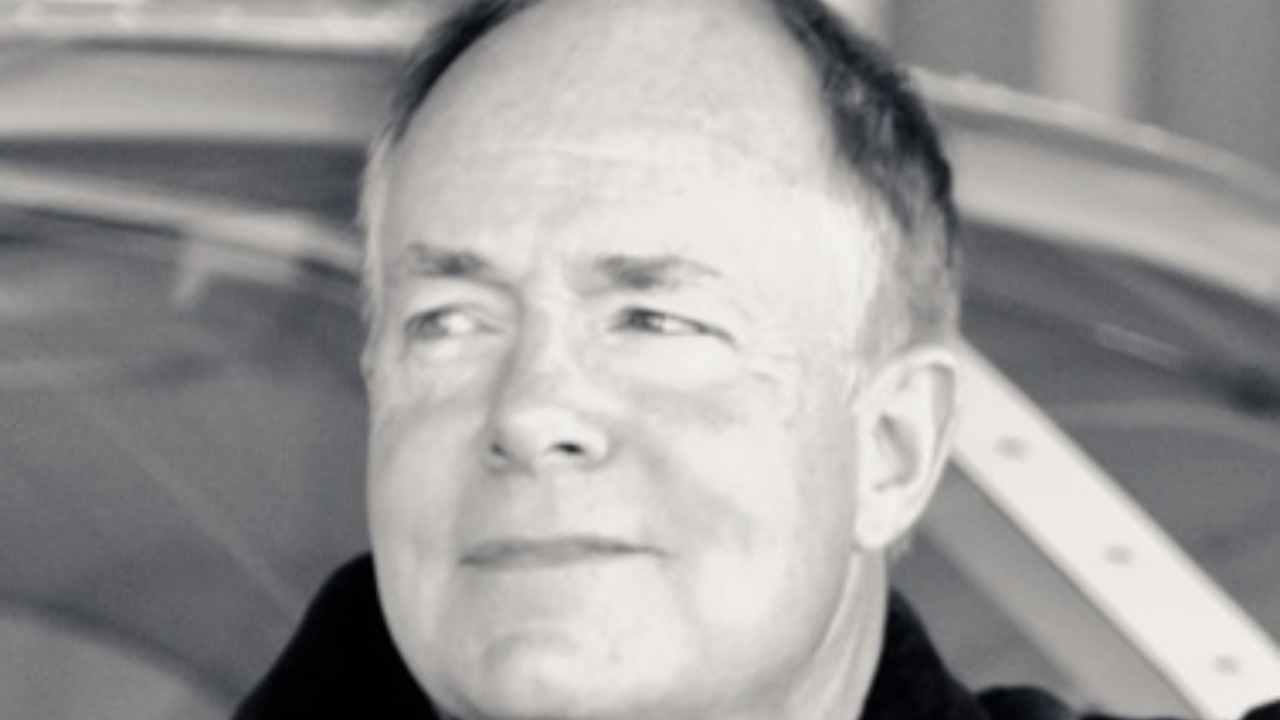
John Clarke’s work at UC Berkeley involved the development of sensitive quantum sensors using SQUIDs. His research in the 1970s and 1980s first demonstrated macroscopic quantum interference (Phys.org). Clarke’s experiments also showed quantum phase slips in superconducting wires, providing direct evidence of quantum effects in one-dimensional systems (Live Science).
Clarke expressed his surprise at seeing quantum weirdness “in real life,” emphasizing the shift from theory to practical observation (Inkl).
Contributions of Michel Devoret and John Martinis
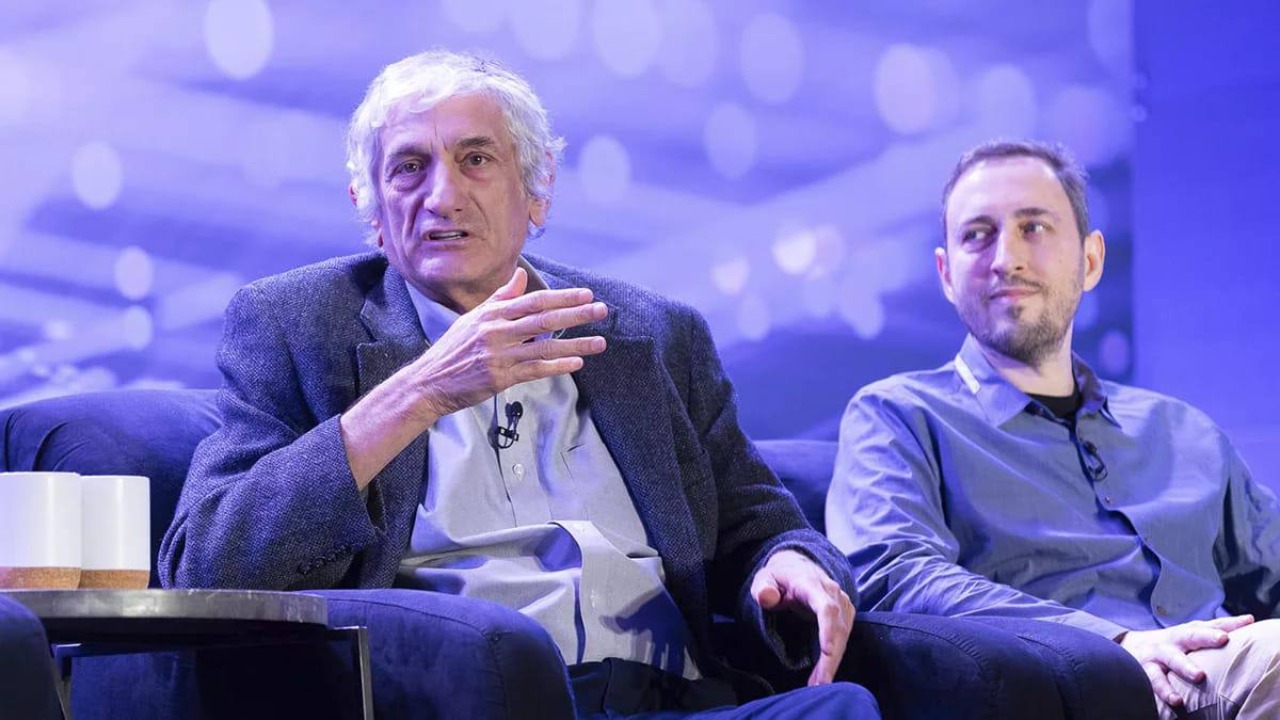
Michel Devoret’s research at Yale focused on circuit quantum electrodynamics. He engineered superconducting qubits to exhibit entanglement on millimeter scales in the 2000s (Phys.org). John Martinis, at UC Santa Barbara, advanced the creation of coherent quantum bits, including demonstrations of quantum error correction in large-scale systems announced in 2015 (Inkl).
Devoret and Martinis also collaborated on experiments involving parametric amplifiers. These devices amplified quantum signals without adding noise, a crucial factor for observing effects at larger scales (Phys.org).
Implications for Quantum Technologies
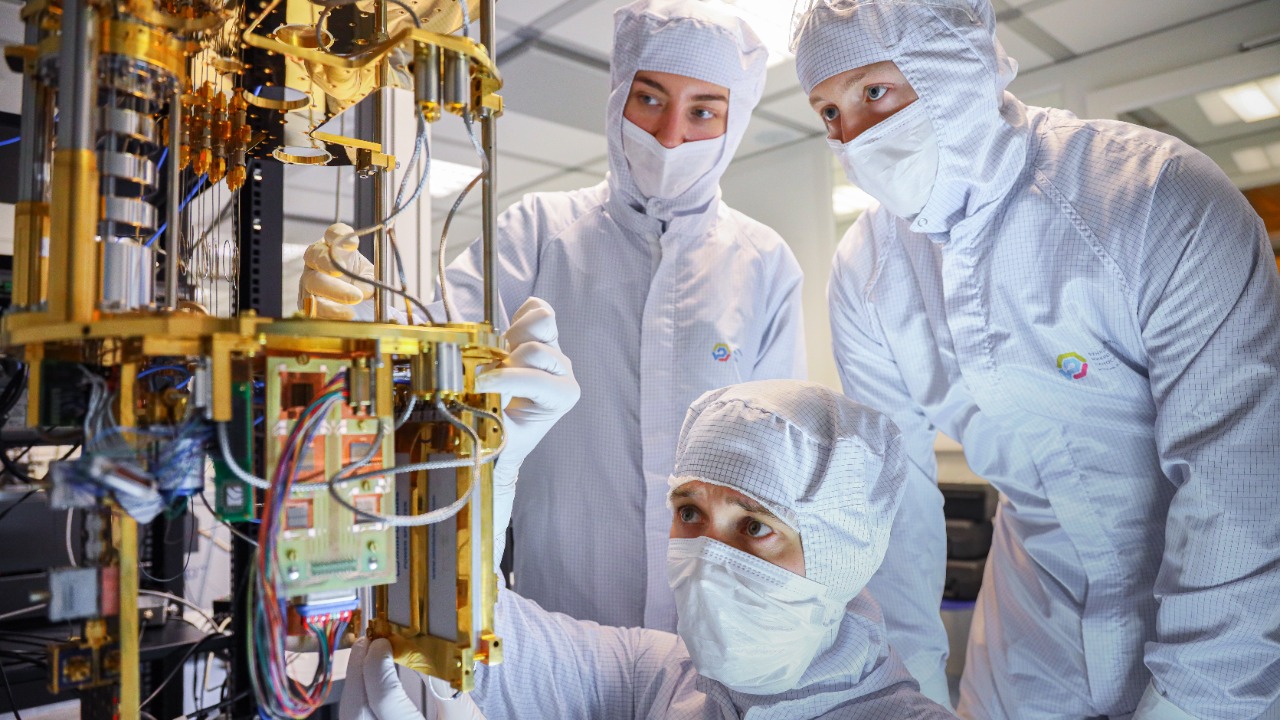
The discoveries of these scientists have paved the way for scalable quantum computers. For example, Google’s 2019 quantum supremacy experiment built on Martinis’s qubit designs (Inkl). The research also has applications in quantum sensing and metrology, such as ultra-precise measurements of gravity using large-scale quantum devices developed from Clarke’s SQUID technology (Live Science).
However, challenges remain in scaling these technologies. Decoherence rates in real-world environments pose significant hurdles, but the future prospects for fault-tolerant quantum systems are promising (Phys.org).